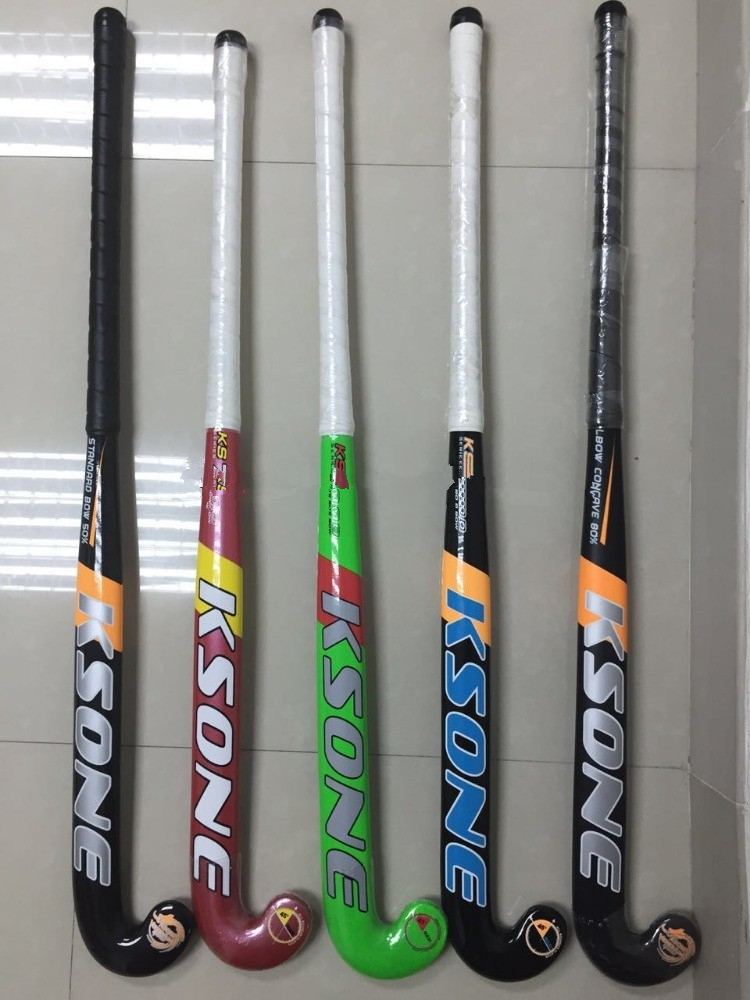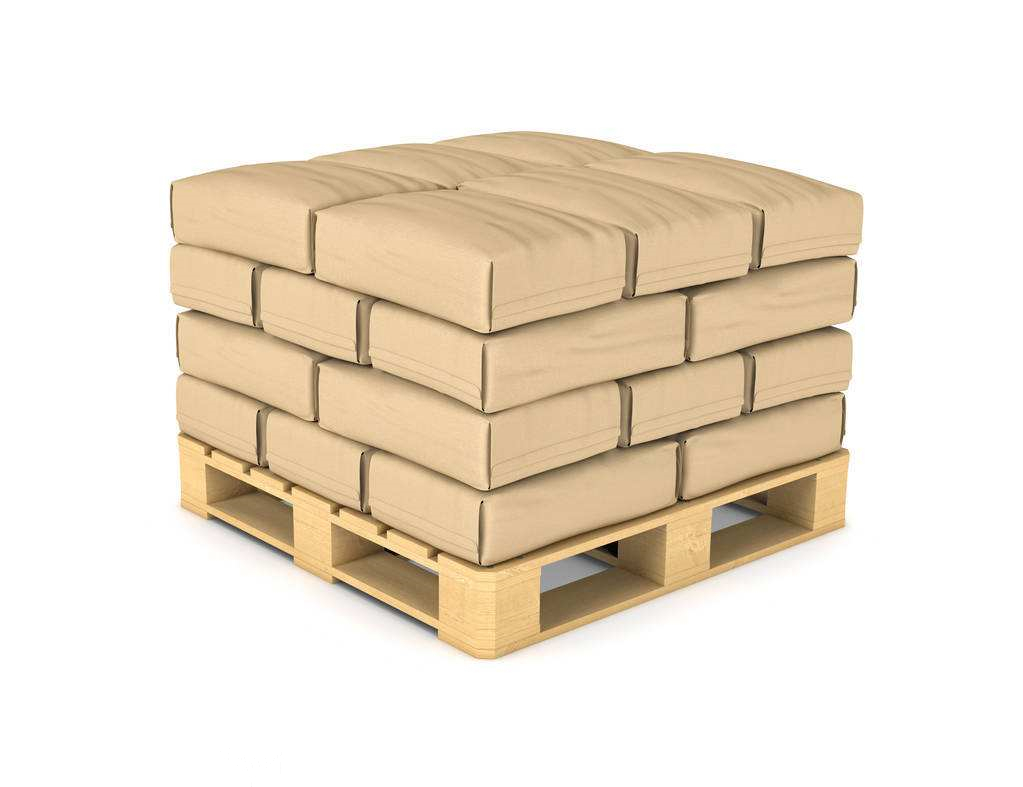The huge production capacity of China's paper industry is supported by two "mud feet": one is "grass", that is, straw fiber is used as the main raw material for pulping; the other is only "small", ie, the development of small paper mills is The main industrial organization route. From the beginning of the 50's, these two feet left for nearly half a century.
The 2nd National Paper Industry Conference in 1951 proposed that “in the long run, wood pulp should be the main ingredient and straw pulp should be supplementedâ€, but “at this stage, we must pay full attention to the use of grass fiberâ€. In 1958, the slogan of “grass-based†was clearly hailed, and the Chinese paper industry strided on the path of “grass-based†development.
In the past two decades, after the “grass and wood dispute†has gradually become clear and basically formed consensus, the proportion of domestic wood pulp has dropped sharply: in 1992, only 14% fell by nearly 12% from 25.9% in 1983, and by the end of 1993 The proportion of domestic pulp has fallen to 10%. Even if it is not compared with the developed countries in the world, it is a typical developing country with a larger proportion of grass pulp than other developed countries, such as India, 48%, Mexico, 45%, Thailand. At 36%, the proportion of grass pulp in China is also too large. It is estimated that the amount of grain straw used in China at that time accounted for about 75% of the world's total non-wood papermaking raw materials. The Chinese paper industry's "grass-based" route has reached an extreme.
"Grass-based" profoundly determines the overall quality of China's paper industry and is one of the root causes of China's paper industry's survival crisis. Since the "grass-based" raw material route was chosen, the "small-based" industrial organization route was chosen, and at the same time, it would inevitably bring about "poor and dirty" consequences. On the other hand, “small-based†can only “grass primarilyâ€, and the two are “love†relationships of mutual choice.
At the beginning of the founding of the People's Republic of China, the state went all out to promote the strategy of heavy chemical industry and was discharged out of this strategy. Except for a few special varieties that have received special attention from the national plan, it is impossible to become an investment focus. The national capital and paper mills left over from history are small factories for a hundred years, and dozens of Japanese companies are not big. In addition, “according to past experienceâ€, the construction period of a new paper mill with a size of 30,000 tons/year or more will take 4 to 5 years, which will not keep pace with the increase in demand. The country will then choose the “Policy to engage in mass movements, both large, medium and smallâ€. . It is "together with small, small, large, medium, and small". This led to the "blind development of a large number of small papermaking companies" in the late 1950s. After the reform and opening up, along with the vigorous development of township and village enterprises, the situation of the low concentration of papermaking enterprises in China has been further deteriorated. This trend did not stop until the country’s pain was determined to close the small paper mill and implement it.
China's paper industry has developed for over 40 years by the two "mud feet" of "little grass". In a sense, it can be said to have historical inevitability and rationality: small countries, funding constraints, and a system of blocks per capita forest resources. It is three basic national conditions. The capital constraint is the most concentrated performance of the “shortage economy†during the planned economy period. After the reform and opening up, it is reflected in the fact that the capital market is not developed and scattered funds are difficult to integrate. The heavy chemical strategy is a big background. Although the demand for paper has grown rapidly over the past decades, the total amount is still relatively small before the 1990s, and it is difficult for the government and all parties to face the problems of the paper industry. Pay attention. Since the reform and opening up, the local economy has been stimulated by market orientation and has actively raised funds to develop small paper mills to meet the market supply. In this process, the process of industrialization in rural areas was unexpectedly rapid. Its low cost advantage in many areas has made the paper industry a capital-intensive industry that has found opportunities for development in rural areas or near small and medium-sized cities near the countryside. This is the road with "Chinese characteristics."
If the closure of small paper mills or the self-adjustment of China Paper's initiative in response to environmental protection needs to take the initiative, at the same time, “dumping†into the Chinese market will force China Paper to take a new height. To re-examine the overall quality of the existing paper industry and rethink the future of China's paper industry. This new height is in the context of an increasingly globalized economy, standing at the height of the modernization of the world's paper industry, and taking the international competitiveness of the paper industry as the standard.
Before the “dumping†of “Yang Paper†to the Chinese market was overwhelming, the large multinational corporations of the world’s paper industry had come to China and gradually launched their strategic investment activities. China's paper industry has experienced extreme challenges such as scattered, chaotic, poor, dirty, and “dumping†of foreign paper, as well as the challenges of multinational corporations. As a result, the paper industry in China, which was still in a state of unprecedented demand before 1995, suddenly faced extreme realities and extremes in recent years. A serious crisis of survival. The essence of the crisis is that China’s paper industry, which is more backward and more traditional than most domestic industries, has suddenly been placed at the same time as the domestic environmental sustainability limit and the modern standards of the world's paper industry.
KSONE Street Hockey Ball/Puck can be played for games including dek hockey, road hockey, bike polo, etc. With 3 different hardness, it performs well in either summer or winter. The quality and durability is assured with premium material and production.
|
Product Type:
|
street Hockey Ball
|
|
Material:
|
PVC
|
|
Diameter:
|
65-70mm
|
|
Weight:
|
50-75g
|
|
logo
|
Customized in printed logo
|
|
Package
|
Customized
|
|
Color:
|
Multiple
|
|
ball hockey:
|
dek hockey
|






Street Hockey Ball
Outdoor Floor Hockey,Outdoor Floor Puck,Street Hockey Ball,High Quality Street Hockey Ball
FAY YOU SPORTS CO.,LTD , http://www.ksonelacrosse.com
![<?echo $_SERVER['SERVER_NAME'];?>](/template/twentyseventeen/skin/images/header.jpg)